Home>Home Maintenance>How Does The Crankcase Ventilation System Work


Home Maintenance
How Does The Crankcase Ventilation System Work
Modified: March 6, 2024
Learn how the crankcase ventilation system works in home maintenance. Explore the functions and importance of this essential system for a well-maintained home.
(Many of the links in this article redirect to a specific reviewed product. Your purchase of these products through affiliate links helps to generate commission for Storables.com, at no extra cost. Learn more)
Introduction
Welcome to the world of home maintenance and improvement! As a homeowner, it’s essential to have a good understanding of the various systems that keep your home running smoothly. One such system that often goes unnoticed but plays a crucial role in the overall health of your home is the crankcase ventilation system.
The crankcase ventilation system is an essential component of internal combustion engines, including those found in automobiles, lawnmowers, and even some home generators. Its primary purpose is to remove harmful gases and excess pressure from the crankcase, ensuring optimal engine performance and longevity.
In this article, we’ll explore the inner workings of the crankcase ventilation system, delve into its components and functions, and highlight the importance of regular maintenance. By the end, you’ll have a comprehensive understanding of how this system contributes to the overall efficiency and longevity of your home maintenance equipment.
Key Takeaways:
- The crankcase ventilation system removes harmful gases and controls pressure in engines, ensuring optimal performance and reducing environmental pollution.
- Regular maintenance of the crankcase ventilation system, including cleaning or replacing components, is essential for engine longevity and efficiency.
Read more: How To Clean Crankcase Ventilation System
Definition of Crankcase Ventilation System
The crankcase ventilation system, also known as the PCV (Positive Crankcase Ventilation) system, is a mechanism designed to regulate and control the buildup of pressure and gases within the engine’s crankcase. It is a vital part of the engine’s overall ventilation and emission control system.
The crankcase refers to the lower part of the engine where the crankshaft is located. During the combustion process, a small amount of gases, including unburned fuel, pass by the piston rings and enter the crankcase. Without a proper ventilation system, these gases would accumulate and cause several issues, such as increased oil contamination, diminished engine performance, and increased emissions.
The crankcase ventilation system consists of various components, including valves, hoses, and a PCV valve. Its main function is to draw the harmful gases and excess pressure from the crankcase and redirect them back into the engine’s intake manifold for combustion. This process not only removes the unwanted gases but also prevents oil contamination and helps maintain proper engine functioning.
Overall, the crankcase ventilation system plays a crucial role in maintaining the cleanliness and efficiency of the engine, ensuring its optimal performance and reducing environmental pollution caused by harmful emissions.
Function of the Crankcase Ventilation System
The primary function of the crankcase ventilation system is to regulate the pressure and remove harmful gases from the engine’s crankcase. By maintaining a proper balance of pressure, it helps prevent oil leaks, reduces oil consumption, and prolongs the life of engine components.
Here’s a breakdown of the main functions of the crankcase ventilation system:
1. Removal of Unburned Hydrocarbons: During the combustion process, a small amount of unburned fuel can escape past the piston rings and contaminate the oil in the crankcase. The crankcase ventilation system removes these hydrocarbons and redirects them back into the engine for complete combustion.
2. Elimination of Blow-by Gases: Blow-by gases are a mixture of combustion byproducts and unburned fuel that leak past the piston rings and enter the crankcase. If left unchecked, these gases can increase pressure and cause oil leaks. The crankcase ventilation system ensures that these gases are properly vented and recycled into the engine.
3. Oil Vapor Control: As the engine operates, oil vapor can accumulate in the crankcase. This vapor can mix with the blow-by gases and cause sludge buildup. The crankcase ventilation system helps control the oil vapor, preventing damage and improving engine performance.
4. Reduction of Engine Drag: Excess pressure in the crankcase can create resistance to the rotation of the engine’s crankshaft. This resistance, known as engine drag, reduces overall engine efficiency. The crankcase ventilation system maintains proper pressure levels, reducing engine drag and improving fuel efficiency.
5. Emission Control: By redirecting blow-by gases back into the engine, the crankcase ventilation system plays a significant role in reducing harmful emissions. This helps minimize environmental pollution and complies with emission standards set by regulatory authorities.
In summary, the function of the crankcase ventilation system is to regulate pressure, remove harmful gases, control oil vapor, reduce engine drag, and contribute to emission control. These functions are vital to maintaining the performance, efficiency, and environmental impact of the engine.
Components of the Crankcase Ventilation System
The crankcase ventilation system is composed of several crucial components, each playing a specific role in ensuring the proper functioning of the system. Understanding these components is essential for maintaining and troubleshooting the system effectively. Let’s explore the main components of the crankcase ventilation system:
1. PCV Valve: The PCV valve, or Positive Crankcase Ventilation valve, is one of the most critical components of the system. It is a small valve located in the engine’s valve cover or on the intake manifold. The PCV valve regulates the airflow through the crankcase system, controlling the amount of vapors and gases that are recycled back into the engine. It opens and closes based on intake manifold vacuum levels to maintain the proper balance of pressure.
2. Hoses and Tubing: The crankcase ventilation system uses hoses and tubing to transport gases and vapors between various components. These hoses are typically made of rubber or high-temperature-resistant materials to withstand the harsh conditions under the hood. They connect the PCV valve to the intake manifold, as well as other parts of the system, allowing for the proper flow and recycling of gases.
3. Crankcase Filter: Some crankcase ventilation systems include a crankcase filter to trap impurities, such as dirt, debris, and oil contaminants, before they are recirculated into the engine. This filter helps maintain the cleanliness of the system and prevents the buildup of sludge and deposits on engine components.
4. Breather Mechanism: The breather mechanism is designed to allow fresh air to enter the crankcase while preventing the escape of harmful gases. It typically consists of a breather cap or valve cover that incorporates a built-in filter or mesh to ensure that only clean air enters the system.
5. Check Valve: In some crankcase ventilation systems, a check valve is placed in the line between the PCV valve and the intake manifold. The check valve prevents backflow of gases, ensuring that gases flow in the proper direction towards the engine.
These components work together to regulate the flow of gases and maintain the correct pressure in the crankcase ventilation system. Regular inspection, cleaning, and replacement of these components, when necessary, are essential for the optimal performance and longevity of the system.
Airflow and Pressure Regulation in the Crankcase Ventilation System
The proper regulation of airflow and pressure in the crankcase ventilation system is crucial for maintaining the health and efficiency of the engine. Let’s delve into how the system achieves this regulation:
Airflow:
The airflow in the crankcase ventilation system is primarily controlled by the PCV valve and the breather mechanism.
The PCV valve, located between the crankcase and the intake manifold, regulates the amount of gases and vapors that are recirculated back into the engine. It is designed to open and close based on the intake manifold vacuum levels. When the engine is operating at low loads and low vacuum levels, such as during idle or light throttle conditions, the PCV valve restricts airflow, reducing the flow of gases into the intake manifold. This helps maintain a proper air-fuel mixture and prevents excessive oil consumption.
In contrast, under high-load or high-vacuum conditions, such as during heavy acceleration, the PCV valve opens fully to allow a greater flow of gases into the intake manifold. This prevents an excessive buildup of pressure in the crankcase and ensures that blow-by gases are effectively removed from the engine system.
The breather mechanism, typically located in the valve cover, allows fresh air to enter the crankcase. This breather mechanism incorporates a filter or mesh to prevent the entry of contaminants. The fresh air helps maintain a balanced airflow within the system and prevents the accumulation of excessive pressure.
Pressure Regulation:
The crankcase ventilation system employs a combination of airflow control, PCV valve operation, and the breather mechanism to regulate pressure levels.
When the engine is running, the combustion process generates gases that create pressure within the crankcase. If the pressure becomes too high, it can lead to oil leaks, seal damage, and decreased engine performance.
The PCV valve plays a vital role in pressure regulation. It opens and closes based on the vacuum level, effectively controlling the flow of gases and maintaining the desired pressure within the system. By directing the flow of gases into the intake manifold, the PCV valve helps maintain a balance between the crankcase pressure and the outside atmospheric pressure.
The breather mechanism also aids in regulating pressure by allowing fresh air to enter the crankcase. This helps equalize the pressure, preventing it from becoming too high and causing damage to engine seals and components.
By effectively controlling airflow and regulating pressure, the crankcase ventilation system ensures the proper functioning of the engine, reduces oil contamination, and enhances engine performance and longevity.
Regularly check and clean the crankcase ventilation system to ensure proper functioning and prevent oil sludge buildup, which can lead to engine damage.
Read more: How Does A Ductless Range Hood Work?
Explanation of How the Crankcase Ventilation System Works
The crankcase ventilation system is a vital part of an internal combustion engine, responsible for maintaining the cleanliness and efficiency of the engine. Here’s a step-by-step explanation of how the system works:
- The process begins with the blow-by gases that are created during the combustion process. These gases, including unburned fuel, combustion byproducts, and air, can escape past the piston rings and enter the crankcase.
- As the blow-by gases accumulate in the crankcase, they can lead to an increase in pressure and potential contamination of the engine oil. This is where the crankcase ventilation system comes into play.
- The PCV valve, located between the crankcase and the intake manifold, acts as a primary control point for the flow of gases. When the engine is operating under low-load or low-vacuum conditions, such as during idle or light throttle, the PCV valve restricts the flow of gases into the intake manifold, reducing the amount of blow-by gases being recycled.
- Under high-load or high-vacuum conditions, such as during heavy acceleration, the PCV valve fully opens, allowing a greater flow of gases into the intake manifold. This helps prevent excessive pressure buildup in the crankcase and ensures that blow-by gases are effectively removed from the engine system.
- The gases that enter the intake manifold are then mixed with the incoming air and fuel mixture, ultimately being burned during the combustion process. This process helps minimize emissions and ensures that the blow-by gases are not released into the atmosphere.
- Meanwhile, fresh air is introduced into the crankcase through the breather mechanism, typically located in the valve cover. This breather mechanism allows clean air to enter the crankcase while preventing the escape of harmful gases.
- The presence of fresh air in the crankcase helps maintain a balanced airflow and prevents the accumulation of excessive pressure.
- In some crankcase ventilation systems, a crankcase filter is also present to trap impurities, such as dirt, debris, and oil contaminants, before the gases are redirected back into the engine system.
Overall, the crankcase ventilation system uses the combination of the PCV valve, breather mechanism, and airflow control to regulate the flow of gases and ensure the proper functioning of the engine. By removing harmful gases, controlling pressure, and preventing oil contamination, the system contributes to the efficiency, performance, and longevity of the engine.
Benefits and Importance of the Crankcase Ventilation System
The crankcase ventilation system serves several important functions and offers numerous benefits for the overall performance and longevity of an internal combustion engine. Let’s explore the key benefits and importance of this system:
- Removal of Harmful Gases: The primary function of the crankcase ventilation system is to remove harmful gases, such as unburned fuel and combustion byproducts, from the engine’s crankcase. This helps prevent oil contamination, reducing the risk of engine damage and ensuring optimal engine performance.
- Control of Pressure and Blow-by Gases: By regulating the pressure within the crankcase, the system prevents excessive pressure buildup that can lead to oil leaks, seal damage, and reduced engine efficiency. It effectively manages blow-by gases, allowing them to be safely recycled back into the engine, minimizing pollution and improving overall emission control.
- Prevention of Oil Contamination: The crankcase ventilation system plays a crucial role in preventing oil contamination. Without proper ventilation, blow-by gases can mix with the engine oil, leading to the formation of sludge, deposits, and increased wear on engine components. By removing these gases, the system helps maintain cleaner oil and prolongs the life of the engine.
- Improved Engine Performance and Longevity: A well-functioning crankcase ventilation system contributes to better engine performance and longevity. By maintaining a balanced airflow and controlling pressure, the system ensures that the engine operates efficiently and reduces the risk of damage caused by excessive pressure or contaminated oil.
- Emission Control and Environmental Impact: The crankcase ventilation system plays a significant role in reducing harmful emissions. By recycling blow-by gases back into the engine for combustion, the system helps minimize the release of pollutants into the environment. This contributes to cleaner air quality and compliance with emission regulations.
- Reduced Oil Consumption: An effective crankcase ventilation system helps reduce oil consumption. By managing pressure and controlling blow-by gases, it minimizes the chances of oil getting drawn into the combustion chamber, resulting in lower oil consumption and increased engine efficiency.
- Prevention of Engine Damage: Proper ventilation and pressure regulation provided by the crankcase ventilation system help prevent potential engine damage. Excessive pressure can cause seals to deteriorate, leading to oil leaks and reduced performance. Additionally, contaminated oil can lead to increased friction and wear on engine components. Regular maintenance of the system ensures optimal engine health and protects against costly repairs.
Overall, the crankcase ventilation system is a critical component of an internal combustion engine. It offers numerous benefits, including the removal of harmful gases, control of pressure and blow-by gases, prevention of oil contamination, improved engine performance and longevity, emission control, reduced oil consumption, and prevention of engine damage. Regular maintenance and inspection of this system are essential to ensure its proper functioning and to enjoy these benefits.
Common Issues and Maintenance of the Crankcase Ventilation System
Like any mechanical system, the crankcase ventilation system can experience issues over time. It is crucial to be aware of these common issues and understand the proper maintenance techniques to keep the system running smoothly. Here are some common problems and maintenance tips for the crankcase ventilation system:
- Clogged or Dirty PCV Valve: One of the most common issues with the crankcase ventilation system is a clogged or dirty PCV valve. If the valve becomes blocked, it can disrupt the airflow and cause pressure buildup in the crankcase. Regular inspection and cleaning or replacement of the PCV valve as recommended by the manufacturer are key to maintaining optimal system performance.
- Excessively Dirty or Damaged Hoses: The hoses and tubing that connect various components of the system can become dirty, damaged, or even disconnected over time. This can lead to air leaks, disrupted airflow, and improper ventilation. Regularly inspecting the hoses for any signs of wear, cracks, or leaks is important. Replace any damaged hoses to ensure proper functioning of the crankcase ventilation system.
- Failure of the Breather Mechanism: The breather mechanism, such as the breather cap or valve cover, can become clogged or malfunction over time. This can negatively impact the airflow and pressure regulation within the system. Regular cleaning or replacement of the breather mechanism, including the filter or mesh, is essential to maintain proper ventilation.
- Contaminated Crankcase Filter: If your crankcase ventilation system includes a crankcase filter, it can become contaminated with dirt, debris, and oil contaminants. A dirty or clogged filter can impede the flow of gases and lead to pressure buildup in the crankcase. Ensuring regular inspection and cleaning or replacement of the crankcase filter will help maintain the performance of the system.
- Oil Leak or Excessive Oil Consumption: A malfunctioning or clogged crankcase ventilation system can contribute to oil leaks or excessive oil consumption. When the system is not working properly, the blow-by gases may not be properly removed, resulting in the pressurization of the crankcase. This can cause oil leaks and increased oil consumption. Addressing any potential issues with the crankcase ventilation system can help prevent these problems.
- Regular Maintenance: To keep the crankcase ventilation system in optimal condition, it is important to follow the manufacturer’s recommended maintenance schedule. This may involve periodic inspections, cleaning or replacement of components, and ensuring proper installation of hoses and valves. Regular maintenance will help identify any potential issues before they escalate and ensure the efficient and reliable functioning of the system.
By addressing these common issues and performing regular maintenance, you can ensure the longevity and efficiency of your crankcase ventilation system. If you are unsure about any maintenance procedures or encounter persistent issues, it is recommended to consult a professional mechanic or refer to the vehicle’s manual for specific instructions.
Conclusion
The crankcase ventilation system may be a lesser-known component, but its importance in maintaining the health and performance of an internal combustion engine cannot be overstated. This system effectively removes harmful gases, controls pressure, and prevents oil contamination, ultimately improving engine efficiency and longevity.
By understanding the functions and components of the crankcase ventilation system, you can better appreciate its role in maintaining a clean and well-functioning engine. Regular maintenance, including inspecting and cleaning or replacing the PCV valve, hoses, breather mechanism, and crankcase filter, is essential to ensure the system’s optimal performance.
Common issues such as clogged valves, dirty hoses, malfunctioning breather mechanisms, and contaminated filters can have a significant impact on the system’s efficiency. By addressing these issues promptly and following the recommended maintenance schedule, you can prevent more extensive damage to the engine and avoid costly repairs.
The benefits of a well-maintained crankcase ventilation system are numerous. Not only does it contribute to improved engine performance and fuel efficiency, but it also helps reduce harmful emissions, protect engine components from damage, and minimize oil consumption. Overall, a properly functioning crankcase ventilation system promotes a cleaner, more efficient, and healthier operating environment for your engine.
As a homeowner, taking the time to understand and care for the crankcase ventilation system in your home maintenance equipment, such as automobiles, lawnmowers, and generators, will pay off in the long run. With regular maintenance and attention to the system, you can ensure the smooth operation and prolonged life of your engines, saving you time, money, and potential headaches down the road.
Remember, when it comes to the crankcase ventilation system, prevention is key. Stay proactive, follow the recommended maintenance procedures, and address any issues as soon as they arise. By doing so, you can enjoy the benefits of a healthy and efficient engine for years to come.
Frequently Asked Questions about How Does The Crankcase Ventilation System Work
Was this page helpful?
At Storables.com, we guarantee accurate and reliable information. Our content, validated by Expert Board Contributors, is crafted following stringent Editorial Policies. We're committed to providing you with well-researched, expert-backed insights for all your informational needs.
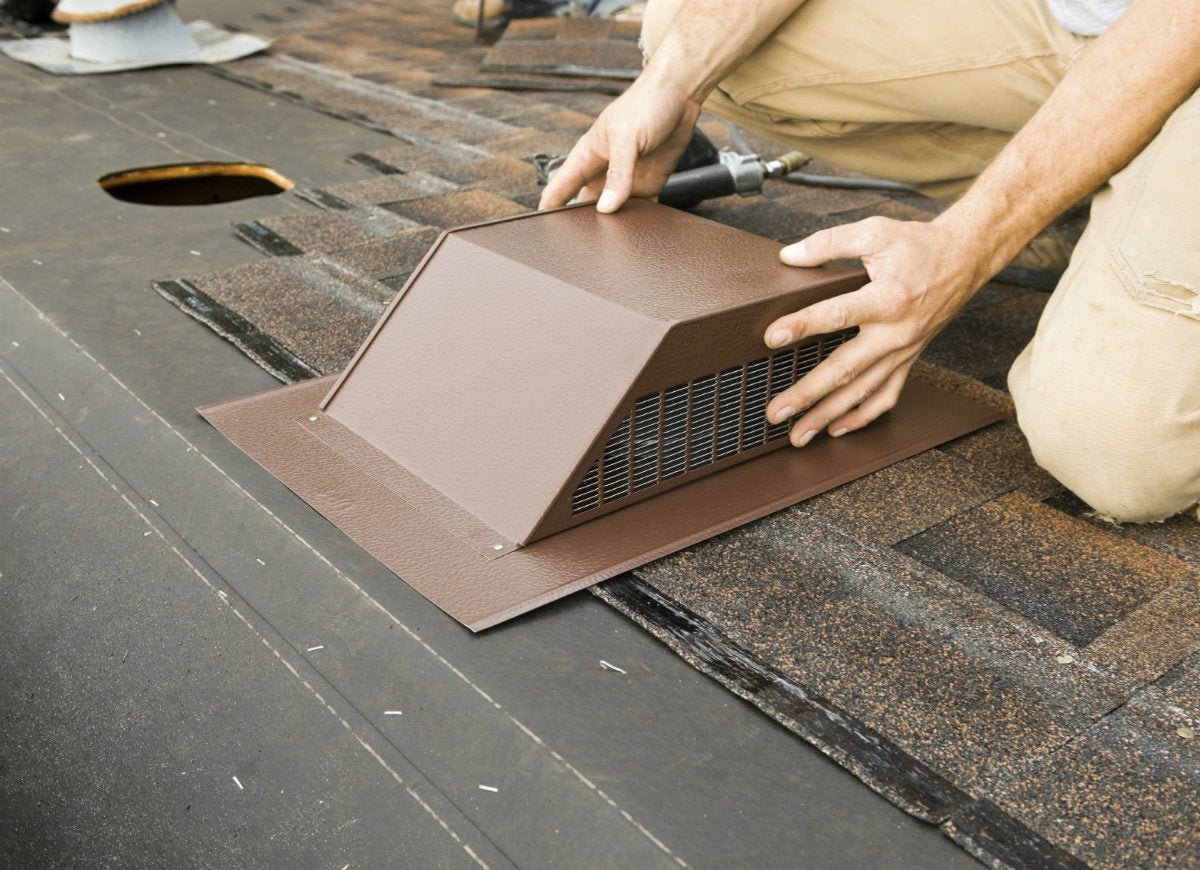
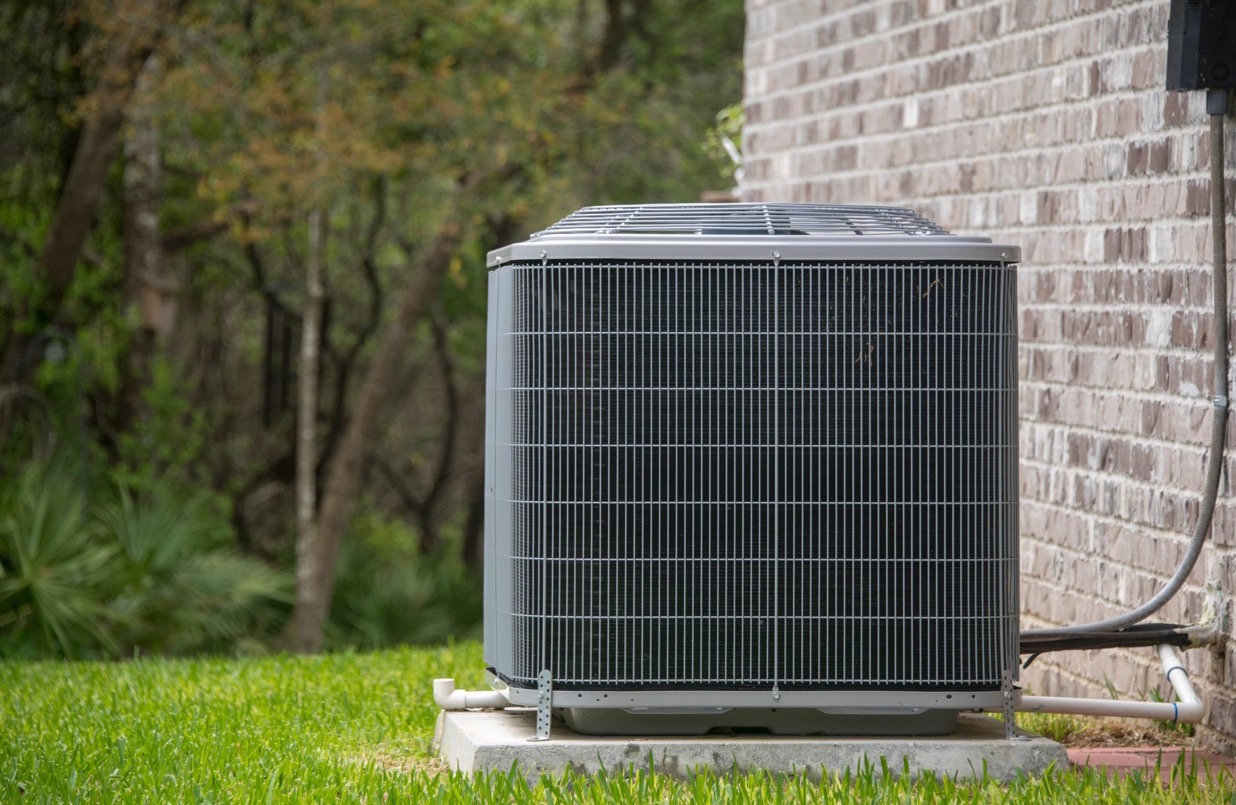
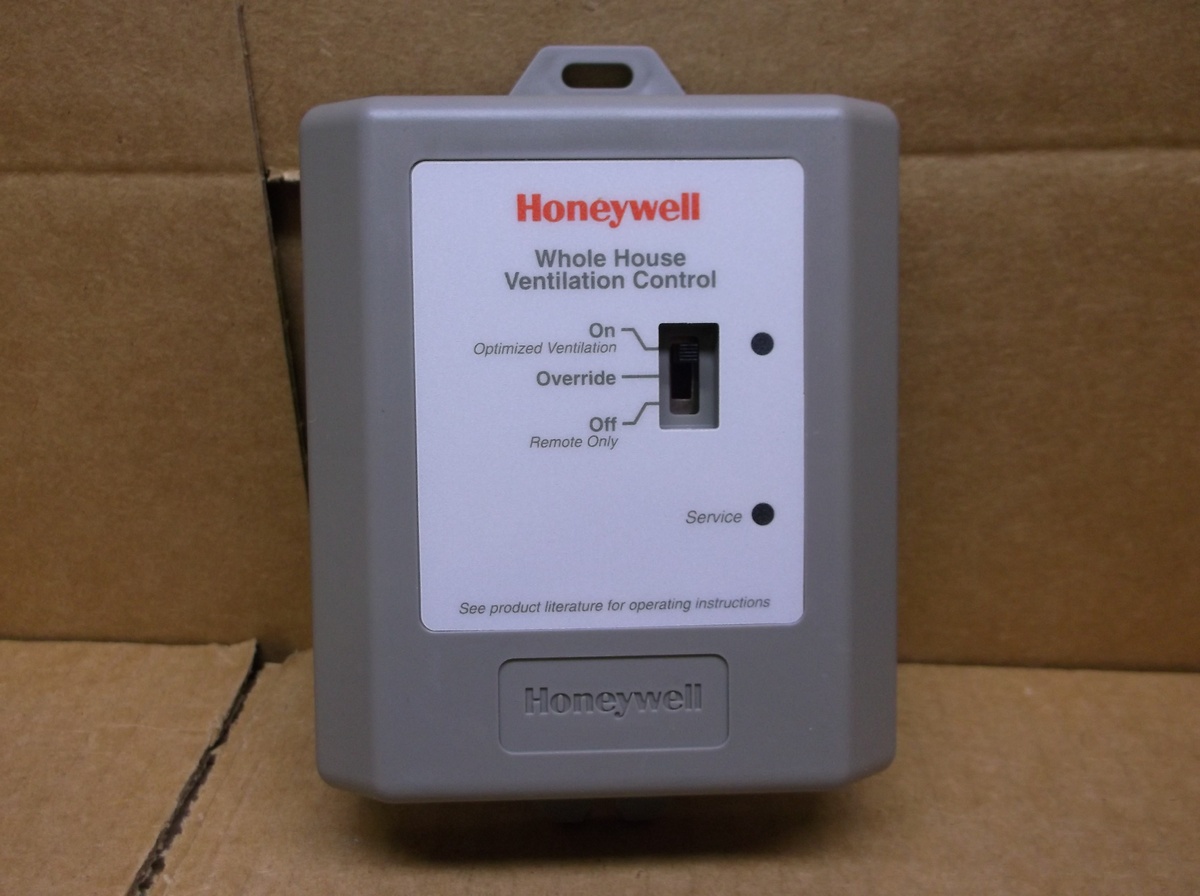
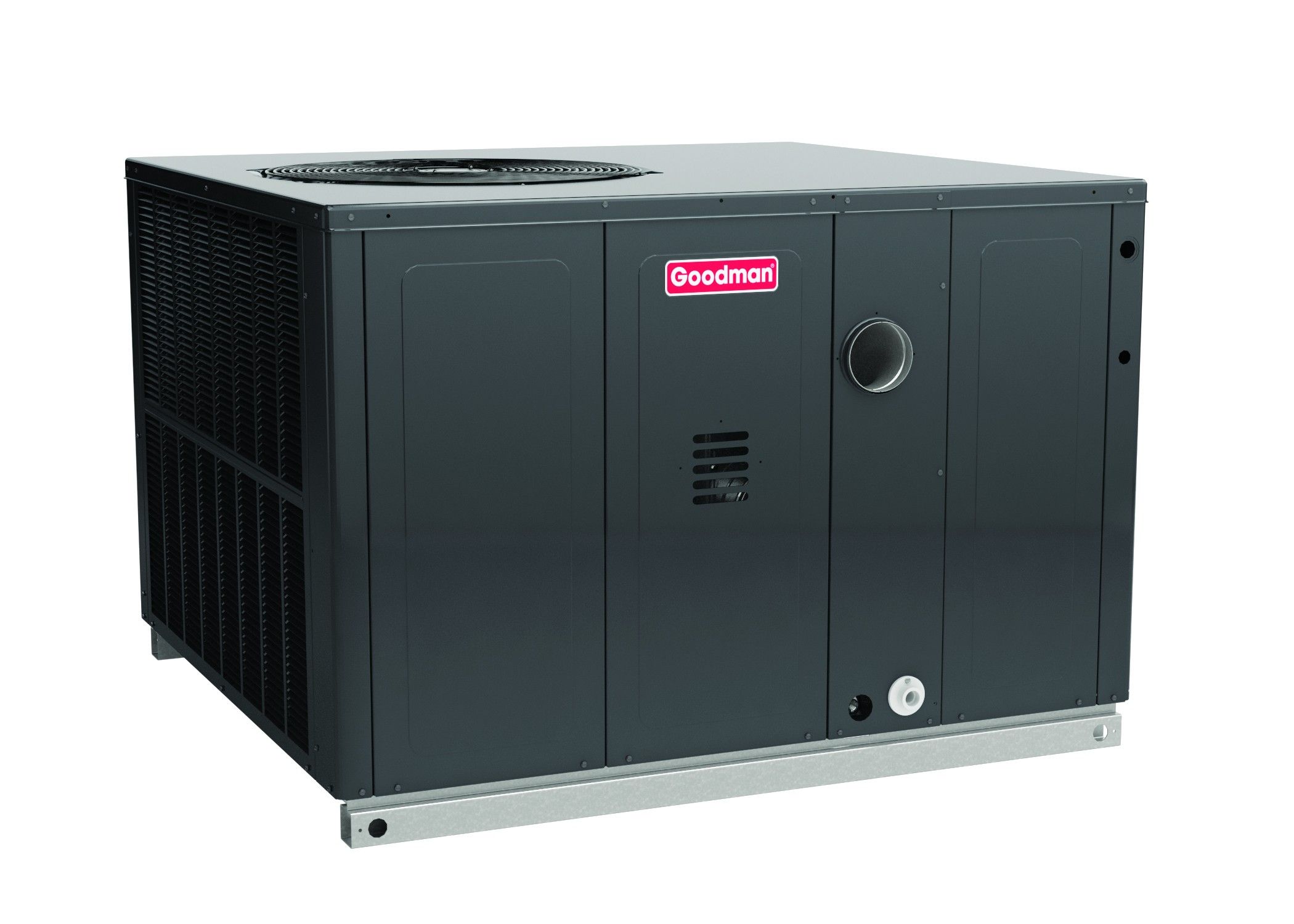
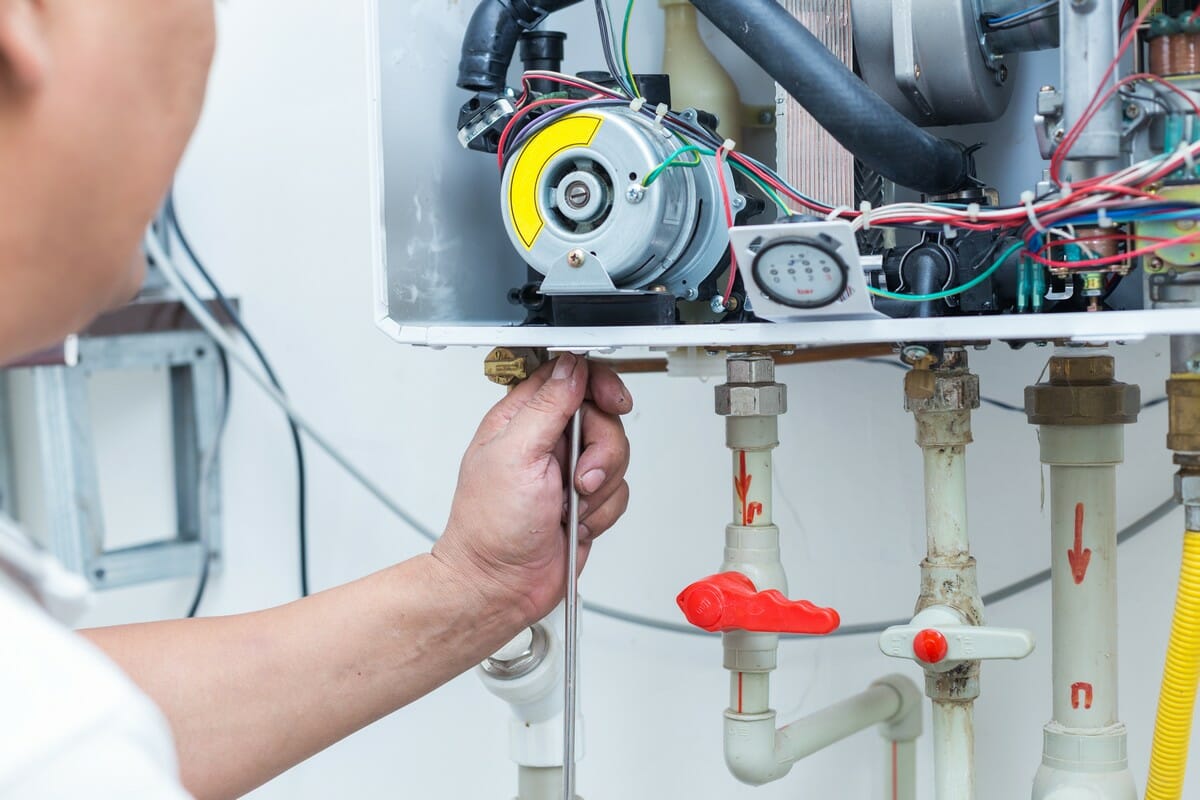

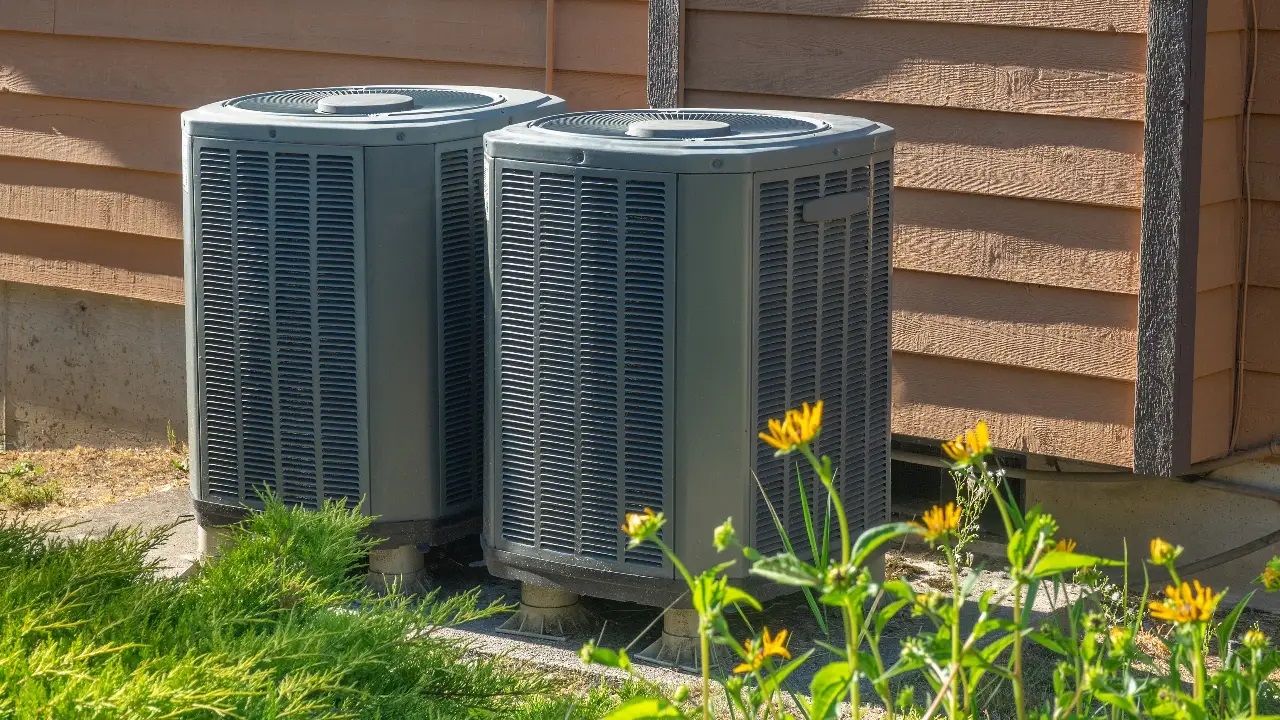
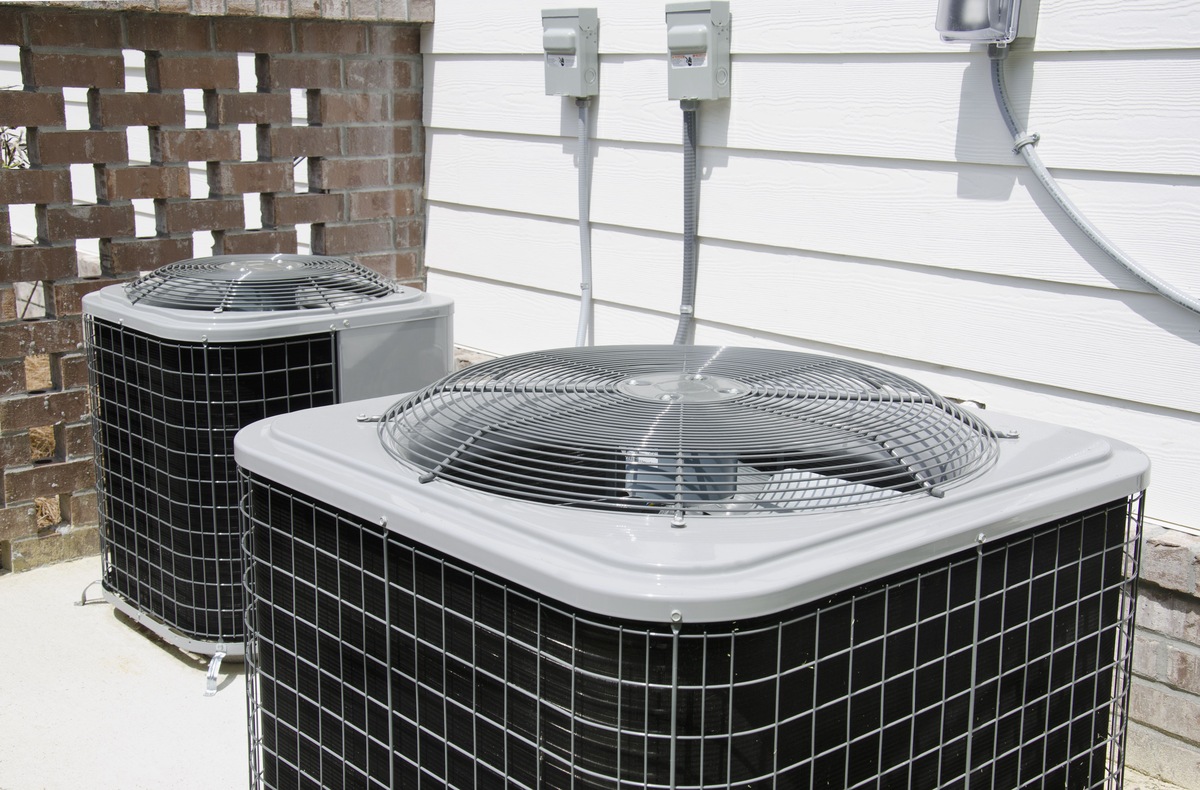
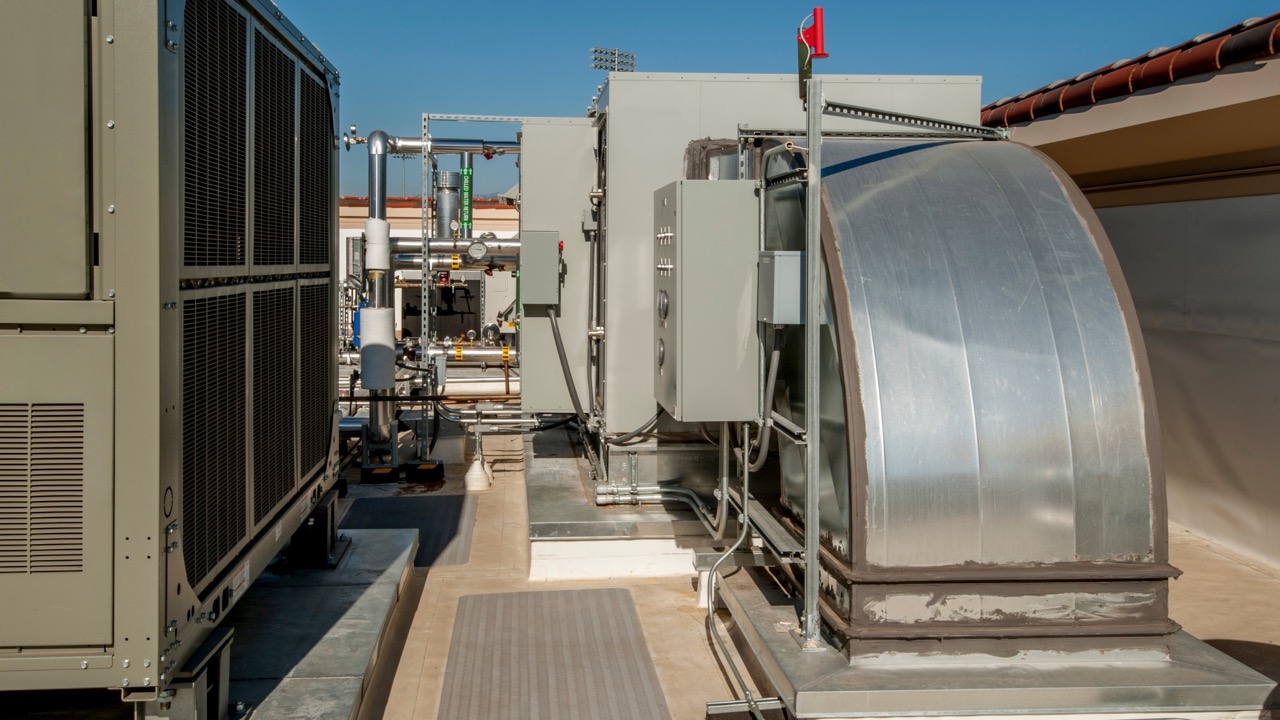

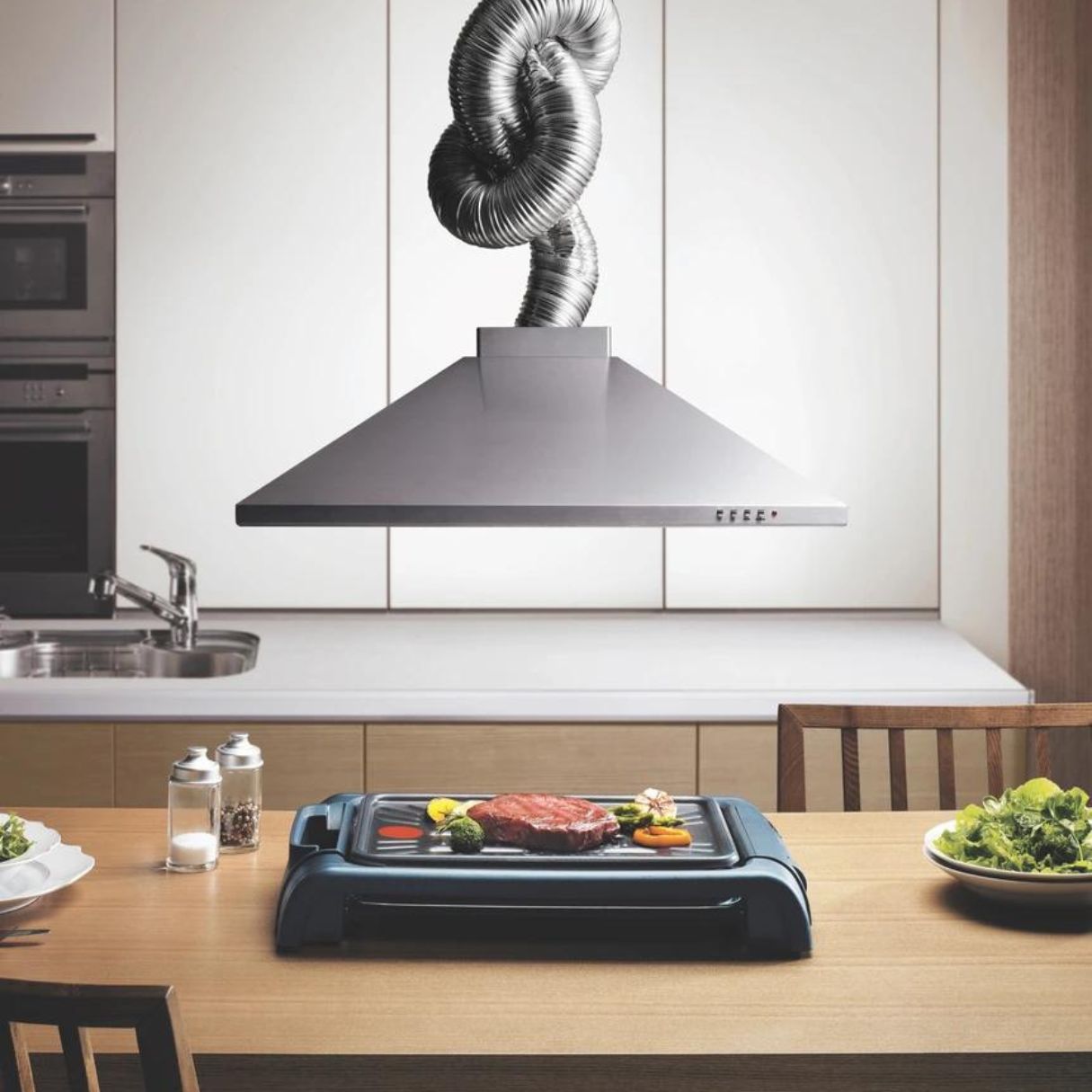
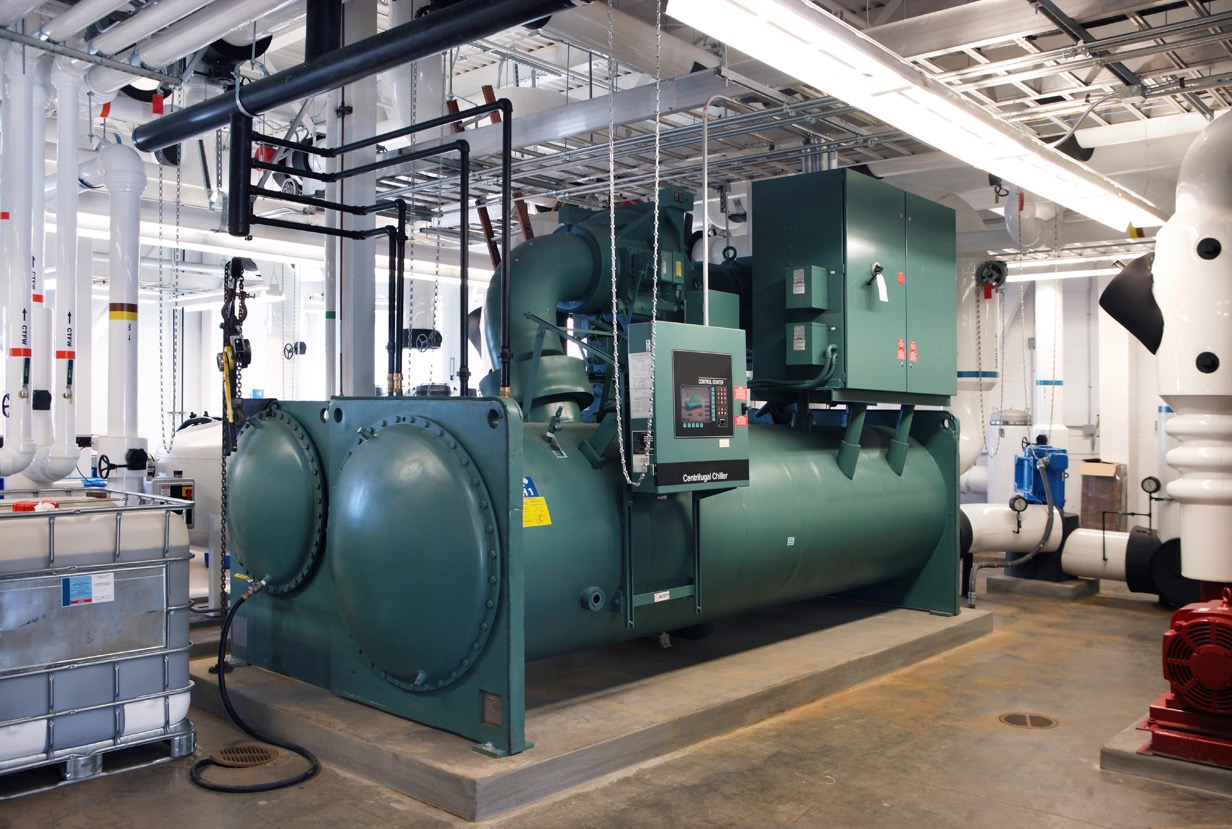



0 thoughts on “How Does The Crankcase Ventilation System Work”